Art of Something Larger
The potential of museums, galleries, theatres and other arts organisations as refuges amidst cultural dissonance and social upheaval.
A visual essay with photos taken in cultural venues and events, that encouraged a sense of belonging, awe and wonder, interspersed with words by artists, poets, philosophers reflecting on art as a secular temple for uncertain times.
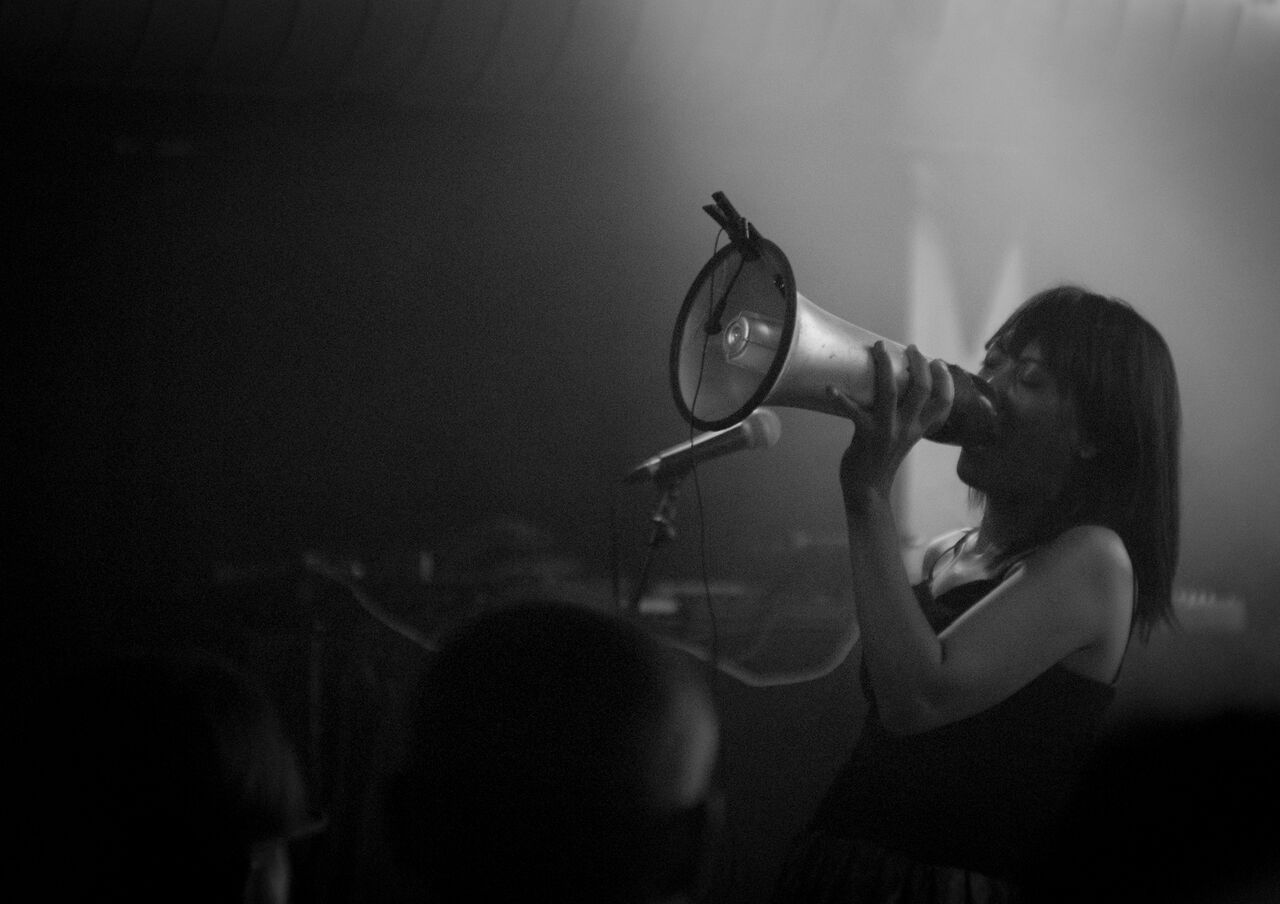 Filastine & Nova at FO[AM]tones, Beursschouwburg, 2015
Filastine & Nova at FO[AM]tones, Beursschouwburg, 2015
When struggling with health, injustice, or other forms of social or cultural dissonance, it can help to remember that we are part of something larger than ourselves. For some, organised religion meets this need. For those who dwell between cultures and belief systems – gnostics and agnostics, syncretists and atheists – where do they find a sense of belonging? Could museums, galleries, theatres, libraries, and other cultural venues be safe havens for weathering the storms to come?
What if artist-run spaces and larger institutions could serve as secular temples and sanctuaries for the religiously and politically non-aligned? In times of uncertainty or upheaval, how might cultural strongholds be converted into places of solace, hope and radical (re-)imagination? If established arts institutions are unable to take up this role, what alternatives already exist our could emerge from the margins? Amidst the crumbling of social and political edifices, we might consider establishing spaces or gatherings (of various shapes and sizes), to collectively explore what connection and belonging might mean, given the constraints we face in the enduring undoing.
We shape clay into a pot,
but it is the emptiness inside
that holds whatever we want.
Tao Te Ching, translated by Stephen Mitchel
 Galactica V.2 Dharma Garden by House of Natural Fiber, Photo by Choo Yut Shing, 2023.
Galactica V.2 Dharma Garden by House of Natural Fiber, Photo by Choo Yut Shing, 2023.
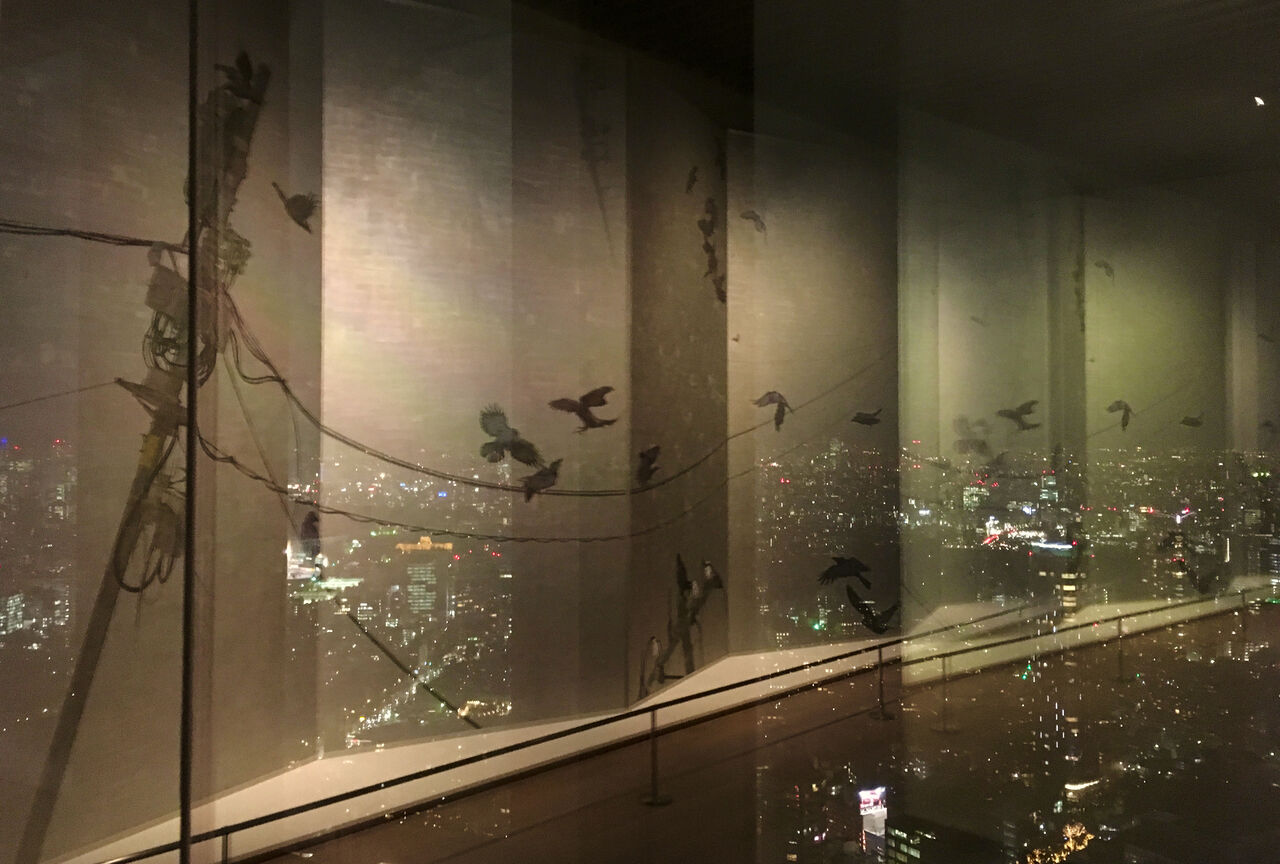 Mori Art Museum, Catastrophe and the Power of Art, 2018
Mori Art Museum, Catastrophe and the Power of Art, 2018
Art is a divine and mysterious force that runs through all of us. It is a thing of supreme spiritual potential that only comes into its true and full being if we abandon all those cherished ideas about who we think we are or are not. Art is entirely indifferent to our self-annihilating excuses, special case pleas and circumstantial grievances. We must cease to concern ourselves with our unique suffering – whether we are happy or sad, fortunate or unfortunate, good or bad – and give up our neurotic and debilitating journeys of self-discovery. Art of true value requires, like a jealous and possessive god, nothing less than our complete obedience. It insists that we retract our ego, our sense of self, the cosmetics of identity and let it do its thingNick Cave, The Red Hand Files Issue #240
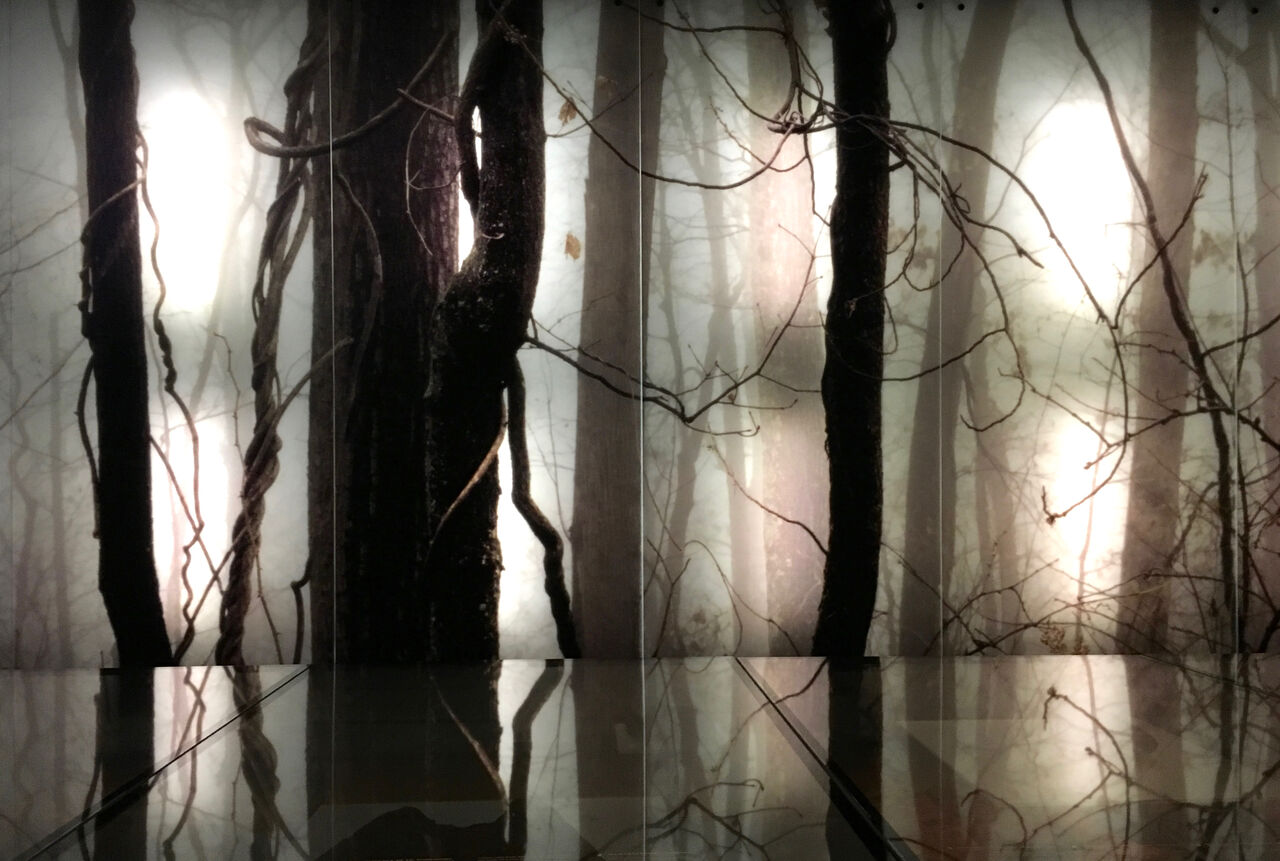
National History Museum, Copenhagen, 2017
 Sonic Acts, Amsterdam, 2015
Sonic Acts, Amsterdam, 2015
Rather than feeling hopeless at the scale and complexity of the challenges that lie ahead of us, I see that many of the tools and structures and pieces of wisdom are there ready for us, having been tended carefully for centuries within religious traditions.Liz Slade, Love, Activism, and the Foundation for our Continued Existence
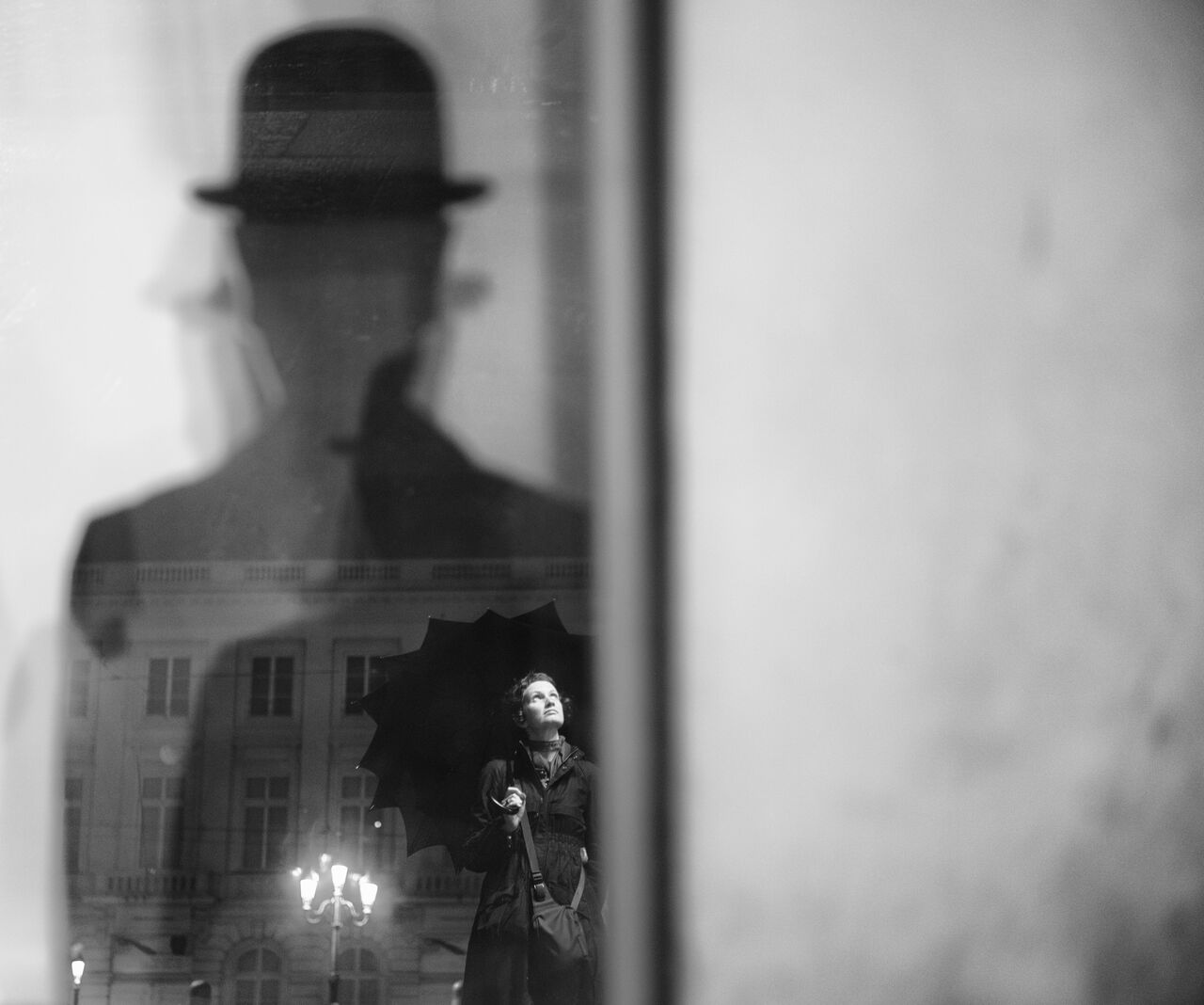 Magritte Museum, Brussels, 2013
Magritte Museum, Brussels, 2013
There is really only one way to restore a world that is dying and in disrepair: to make beauty where ugliness has set in. By beauty, I don’t mean a superficial attractiveness, though the word is commonly used in this way. Beauty is a loveliness admired in its entirety, not just at face value. The beauty I’m referring to is metabolized grief. It includes brokenness and fallibility, and in so doing, conveys for us something deliciously real. Like kintsukuroi, the Japanese art of repairing broken pottery with powdered gold, what is normally seen as a fatal flaw is distinguished with value. When we come into contact with this kind of beauty, it serves as a medicine for the brokenness in ourselves, which then gives us the courage to live in greater intimacy with the world’s wounds.Toko-Pa Turner, Belonging: Remembering Ourselves Home
 FoAM Brussels, Smoke & Vapour, 2013
FoAM Brussels, Smoke & Vapour, 2013
What if the times in which we find ourselves call for some new reckoning with the sacred? What if art is carrying part of what is called for? And what if answering the call means sacrificing our ideas about what it means to be an artist?You do what it takes to make work that has a chance of coming alive in the spaces where we meet, to build those spaces in such a way that it is safe to bring more of ourselves.
Dougald Hine, Childish Things
 Museum of Old and New Art (MONA), Hobart, 2020
Museum of Old and New Art (MONA), Hobart, 2020
 INK Pula, Zbirka Antun Motika, 2017
INK Pula, Zbirka Antun Motika, 2017
The museum strives to be a place where one can be introspective and come face to face with conflict in the inner self and their environment. The museum encourages its audiences to engage with and express discord rather than ignore it.Claire Wintle, The Conflictorium: A radical museum experience

La Biennale Venezia, For, In Your Tongue I Cannot Fit, Shilpa Gupta, 2019
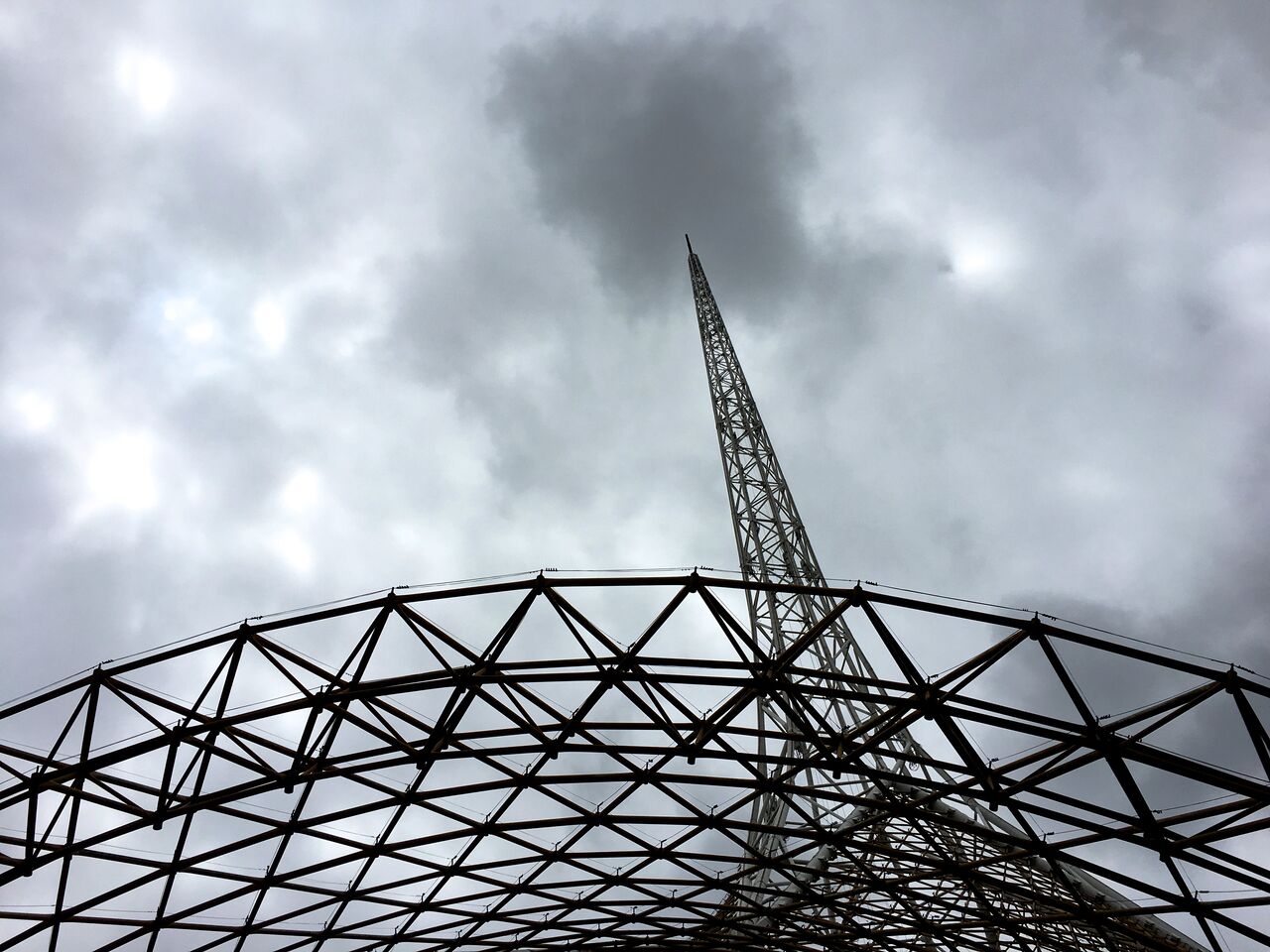 Melbourne Arts Precinct, The Arts Centre Spire, 2017
Melbourne Arts Precinct, The Arts Centre Spire, 2017
The overlaps between speculative fiction and Eastern spiritual belief systems provide fertile ground for creative storytelling and philosophical exploration, highlighting how human fascination with the unknown and our quest for understanding can bridge the gap between science and spirituality.
Honor Harger, New Eden: Science Fiction Mythologies Transformed
In rooms full of objects, crowded with things, I am learning to recognize myself.
Bell Hooks, A Culture of Place
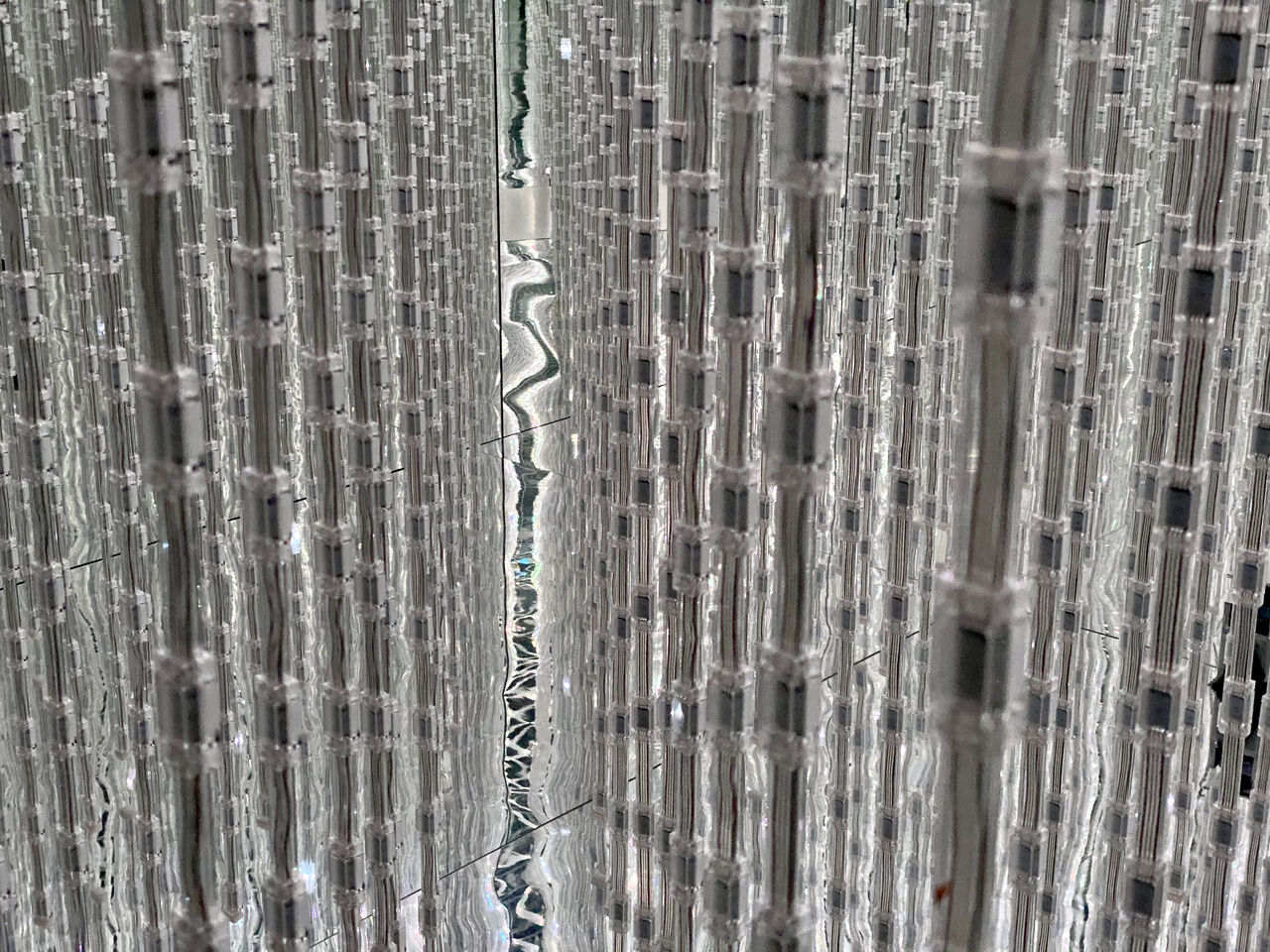 ArtScience Museum Singapore: Crystal Universe, 2020
ArtScience Museum Singapore: Crystal Universe, 2020
Art should not lecture or talk down to us or reprimand us. There is little left of the sacred in the modern world, but great art still offers us an opportunity to experience the hallowed, the mysterious and the reverential. For me, art of true significance chaffs against the prescribed modes of the day on its way to the transcendental. We are humbled by its power, as it reflects back to us something about the enigma of our own nature. We stand before it, quieted and awed, touched by the eternal.
Nick Cave, The Red Hand Files Issue #247
∞
Further reading and references